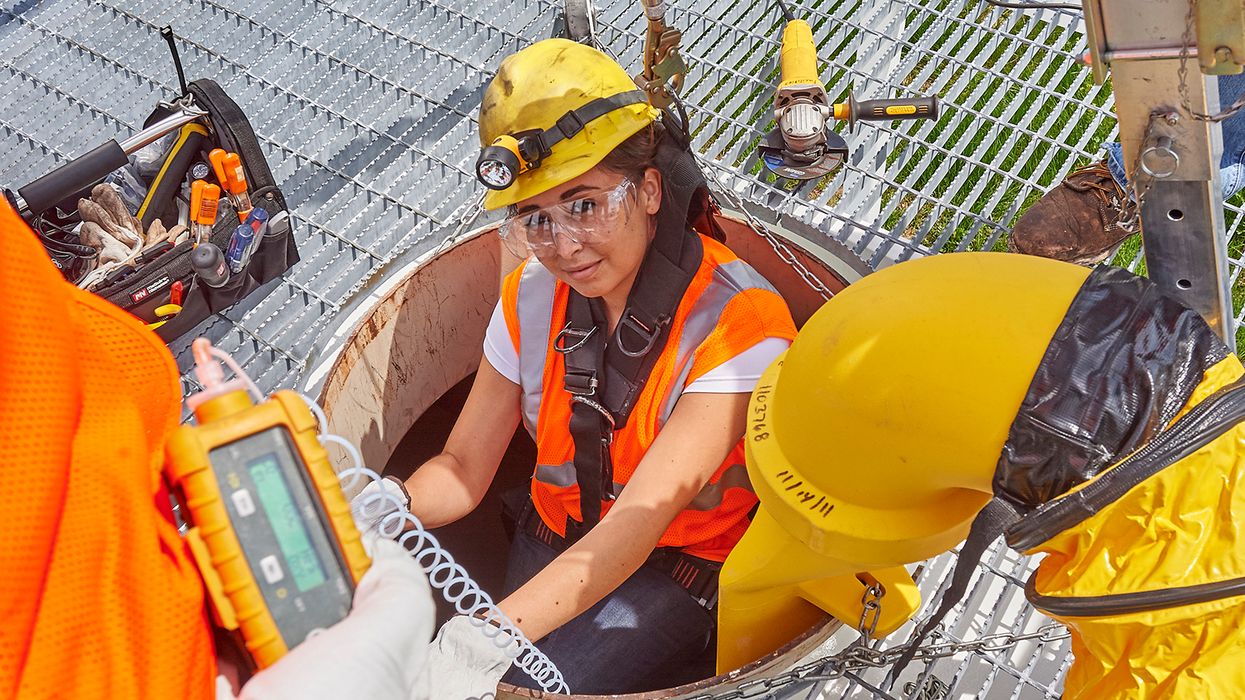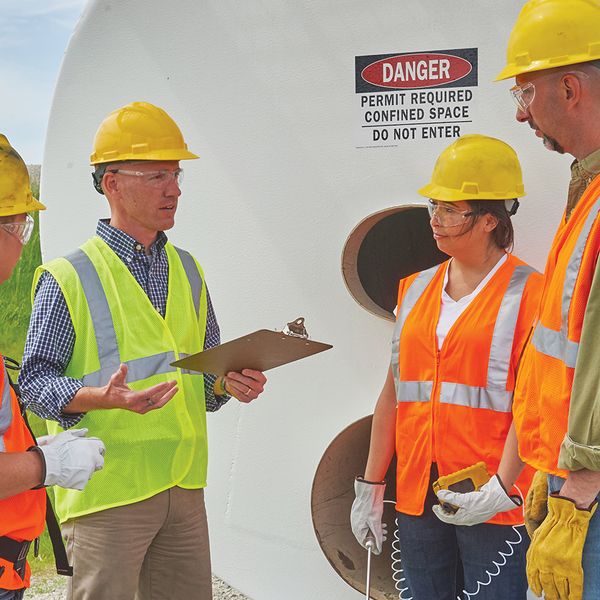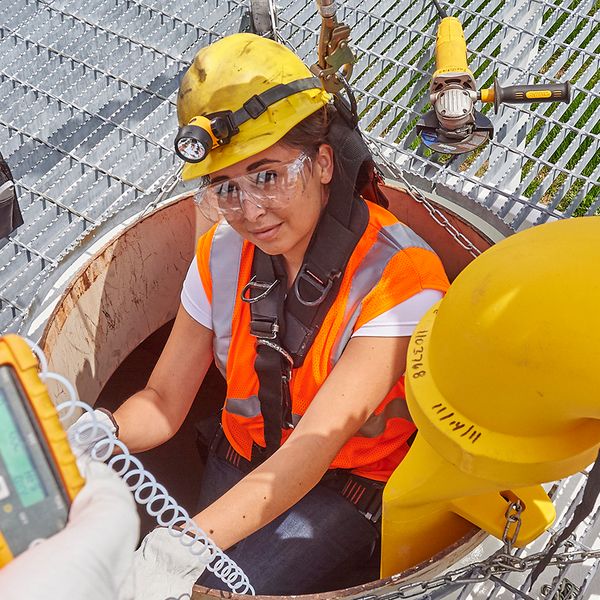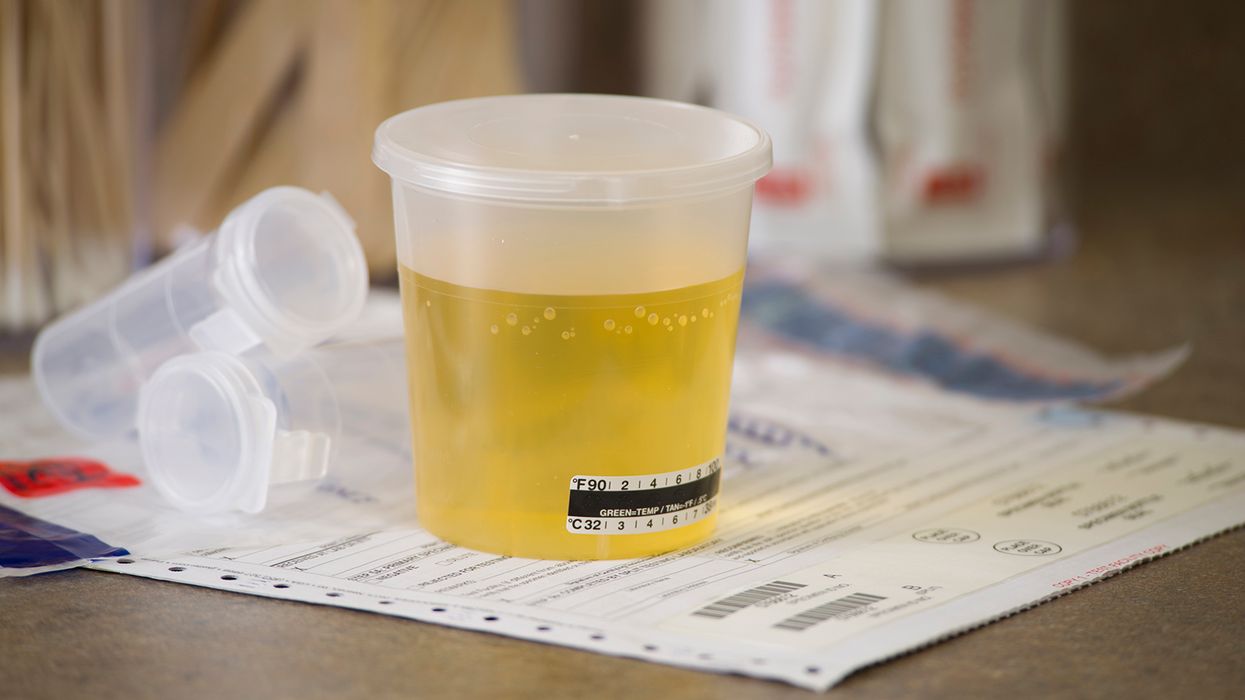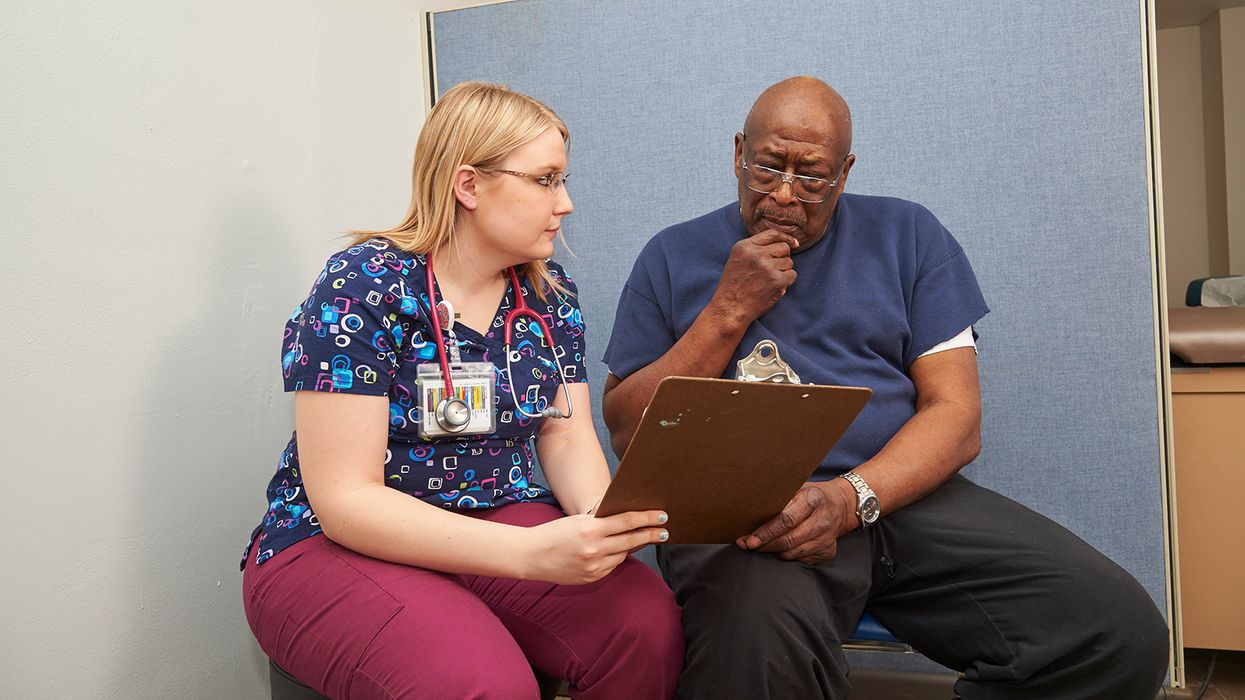What are the employer’s responsibilities for entering confined spaces?
Did you know that OSHA requires that employers protect workers who must enter confined spaces in accordance with 1910.146? But what exactly is a confined space? And is it permit-required? Identifying a confined space may not be as obvious as you think.
Confined space event
OSHA previously cited a North Dakota trucking company $28,000 for nine safety violations after a worker was fatally injured while cleaning the inside of a crude oil tanker that exploded at the company’s facility. The incident occurred when another worker lowered a treble light into the tanker, which was not approved for use in such conditions. The second worker suffered a concussion and a head laceration.
“The company failed in its responsibility to train workers and evaluate the working conditions of confined spaces, which carry unique hazards, before allowing workers to enter,” said OSHA’s area director in Bismarck. “No job should cost a person’s life because of an employer’s failure to properly protect and train workers.”
Lessons learned
One willful safety violation was issued for failing to develop and implement a confined space entry program. Eight serious safety violations were cited for failing to evaluate the need for personal protective equipment; lack of machine guarding on pulleys and belts; failing to develop and implement a written respiratory protection program; use of electrical lighting not approved for a hazardous location; and failing to compile a list of chemicals, such as crude oil, which was in use, and provide workers training on those chemical hazards and precautions.
OSHA has placed the company in its Severe Violator Enforcement Program (SVEP), which mandates targeted follow-up inspections to ensure compliance with the law. OSHA’s SVEP focuses on recalcitrant employers that endanger workers by committing willful, repeat, or failure-to-abate violations. Under the program, OSHA may inspect any of the employer’s facilities if there are reasonable grounds to believe similar violations exist.
What is a confined space?
The definition of a confined space is relatively straightforward. According to OSHA, it’s a space that is:
- Large enough for a person to enter to perform work,
- Limited in the way of entry or exit, and
- Not designed for continuous occupancy.
Applying this definition to spaces in your workplace may not be so simple, however. Take a walk-in freezer, for instance. It’s large enough for entry and not designed for continuous occupancy, but it wouldn’t be considered a confined space by OSHA’s definition when it does not limit the way of entry or exit.
The key is that the space must meet all three criteria.
What is a permit-required confined space?
Once you determine that a confined space exists in your workplace, the next step is to evaluate whether it is a permit-required confined space. This requires examining the actual or potential hazards of the confined space and the dangers it presents to entrants.
OSHA clearly states that for a confined space to be permit-required, it must have one or more of the following characteristics:
- Contains or has the potential to contain a hazardous atmosphere;
- Contains a material that has the potential to engulf an entrant;
- Has an internal configuration such that an entrant could be trapped or asphyxiated by inwardly converging walls or by a floor that slopes downward and tapers to a smaller cross-section; or
- Contains any other recognized serious safety or health hazard.
| Need more information to enhance your confined space safety program? See our ezExplanation on Permit-Required Confined Spaces. |
Again, the key here is that only one of these criteria must be satisfied.
What is your responsibility?
When a workplace contains a permit-required confined space, OSHA requires the necessary steps to be taken to protect employees, including:
- Informing exposed employees by posting danger signs or using other equally effective means of communication to inform them of the space’s existence, location, and danger.
- Developing and implementing a written permit space entry program and making it available to their employees and authorized representatives.
- Complying with all of OSHA’s requirements for the permit-required confined space program in 1910.146(d).
It’s possible for a permit-required confined space to be reclassified as a non-permit space for the length of entry if the hazard can be eliminated for the entry time. This depends on the hazards it presents (procedures for atmospheric hazards can be found under 1910.146(c)(5), and mechanical/energy hazards are under 1910.146(c)(7)).
Key to remember
Your decision as to whether an enclosed space is a confined space, permit-required confined space, or neither must be made on a case-by-case basis. Taking a proactive approach to identify and evaluate enclosed spaces in your workplace carefully is critical. It could mean the difference between life and death.

